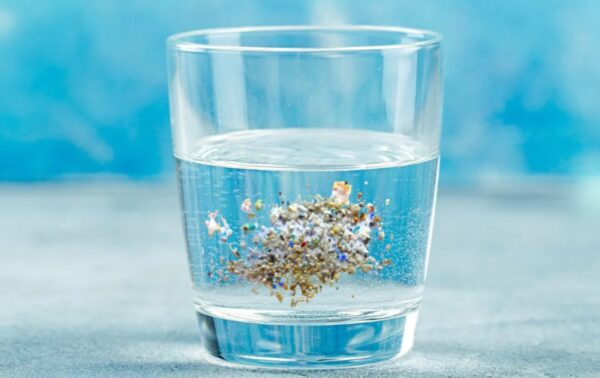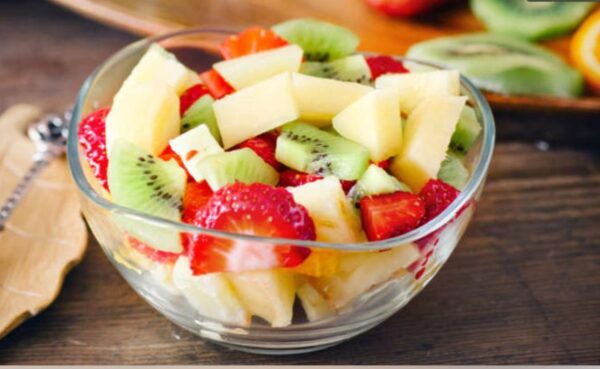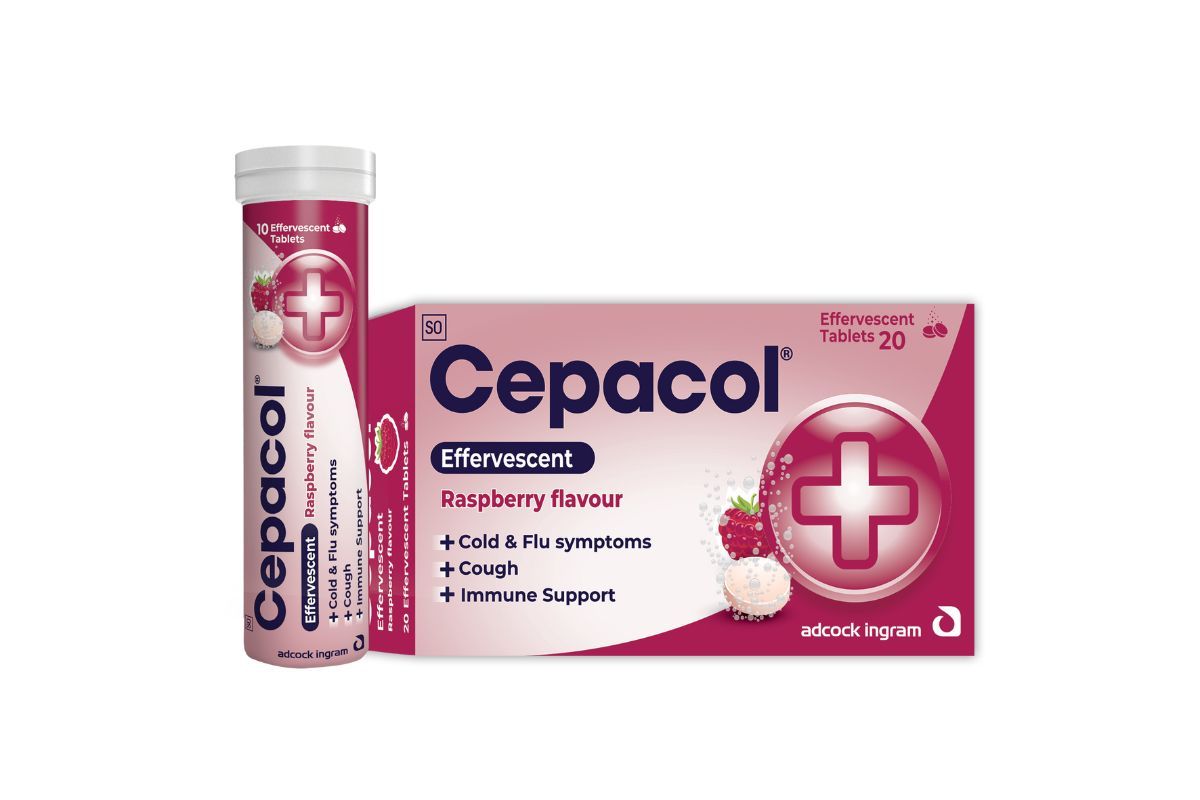What started as a distant environmental concern has now become a very personal health issue.
These plastic fragments, mostly invisible to the eye, may enter the body and stay longer than welcome.
Boiling water doesn’t help: But this filtration method does
Many believe boiling tap water removes microplastics. But here’s the truth: boiling only kills bacteria, not plastic particles. In fact, it may even break down larger plastics into smaller, more dangerous particles.
What actually works?
A reverse osmosis filter, when certified for microplastic removal, is proven to remove up to 90–99% of microplastics, according to research. Carbon block filters, especially those with a pore size of less than 1 micron, can also trap certain types of microplastics. Investing in the right filter—not just any—is key.
Many proudly switch to sea salt thinking it’s more “natural.” But multiple studies, found that sea salt is often highly contaminated with microplastics due to ocean pollution.
A better choice?
Rock salt or Himalayan pink salt, mined from ancient salt beds untouched by plastic pollution, usually contain far fewer microplastics. Choosing salt sourced from protected or fossil reserves can quietly reduce microplastic consumption in everyday meals.
Washing fruits in tap water is not enough
Most food is rinsed under tap water before eating. But if the water itself contains microplastics, is anything really getting removed?
Plastic-free packaging isn’t always safer
Swapping plastic containers for paper-wrapped groceries might feel like a win. But here’s the hidden catch: some “eco-packaging” materials are coated with plastic or treated with chemicals that still leach into food, especially when heated.
Not all bottled water is clean
Ironically, bottled water often contains more microplastics than tap water. This happens during the bottling process or from the plastic containers themselves.
Daily habits matter more than rare detoxes
Some advocate for “microplastic detoxes” through juices or supplements. But there is no scientific proof that the body can “flush out” microplastics in that way.
Instead, maintaining a fiber-rich diet supports better digestive functioning, which may naturally eliminate foreign particles more effectively. A study published in Environmental Science and
Technology Letters suggested that the gut microbiome plays a role in managing microplastic damage—meaning that foods like fermented vegetables, curd, and whole grains indirectly offer defense.













